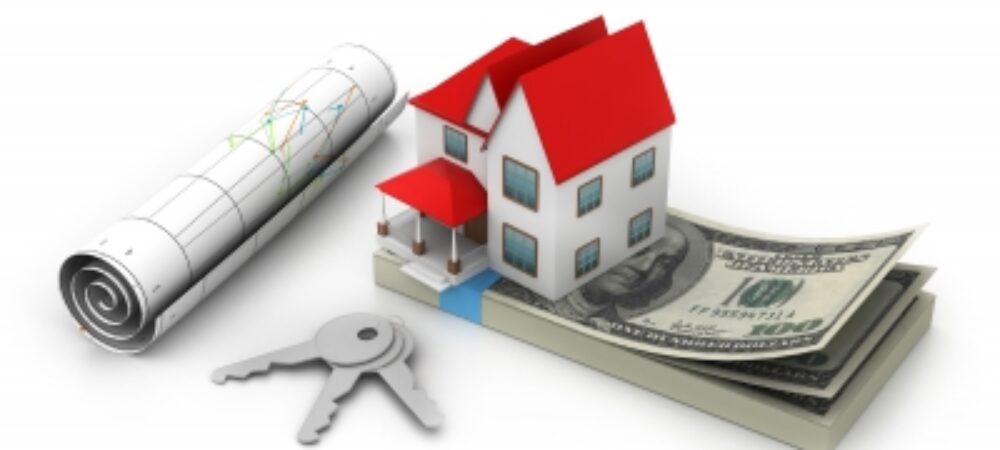Commercial Leases Explained 
Relationships between landlord and tenant can be complex, particularly if there are conditions that the landlord needs to fulfill before the lease is able to complete. Issues often arise at the beginning of a transaction if the parties do not understand what they have agreed to do. Both parties need the consequences of commercial leases explained carefully. The article is to provide potential landlords and tenants a quick guide to help with commercial leases.
What is a lease?
A contract governing the relationship between landlord and the tenant. It is entered into after exchange of a document called an Agreement for Lease. However, an Agreement for Lease is not always required and a lease can be entered into as soon as it is agreed by the landlord and tenant.
What are covenants?
A covenant is a promise to do something, for example, to repair the property or the pay rent.
What are “Heads of Terms”?
These are the agreed terms usually issued by property agents, setting out what the parties have agreed. Normally they are prepared by the landlord’s letting agents, who will usually be a firm of professional surveyors and will set out brief details of the terms of the transaction proposed. The Heads of Terms are not the actual contract. They are only the framework for the legal documentation to be based on.
Heads of Terms usually include:
- Details of the property
- Parties to the lease
- Length of lease term
- Initial rent and any rent review details
- Who is responsible for buildings insurance and repair
In some cases both parties have their own surveyor to negotiate the terms. For smaller business enterprises without a surveyor acting on their behalf it is important they know what they are committing to in the heads of terms.
An important issue would be who has liability for repairing the property. Often what is proposed is a “full repair liability”. This means the tenant is responsible for repair of the whole of the building (including the roof, foundations and structure), irrespective of any defects in the building that already exist. This may not be appropriate in some cases, for example, for a tenant taking on a short lease.
Does agreeing to the Heads of Terms proposed create a binding contract?
No. The transaction only becomes binding when the parts enter into the written agreement for lease which is signed and dated or the parties proceed to enter into the actual Lease itself without having any agreement for lease in place.
A tenant should be wary of incurring unnecessary expenditure before entering into a binding contract and until that stage no party is legally obliged to follow through and complete the lease.
The Heads of Terms include “condition precedents” – what are these?
This means there are things to be done before the lease can be completed. This may relate to planning permissions, for example, particularly where the property was used for something different to its new proposed use.
When the condition precedent is met the lease can be completed
If I agree to the terms, what happens next?
Normally a draft lease and ancillary paperwork is issued by the landlord’s solicitor to the tenant’s solicitor. The tenant’s solicitor checks this to ensure that the documentation reflects what is agreed.
After paperwork is issued, how long does it take to complete the lease?
This depends on how complicated the transaction is and the efficiency of the parties and their advisers.
If there are no pre-conditions, completion of a lease can take 2 – 4 weeks. If the landlord has to, for example, satisfy planning conditions the process will take longer.
If I want to end the lease, what can I do?
Your contractual promises will remain in force until the lease term comes to an end. It may be possible to assign (which means to sell) your leasehold interest to a new tenant but you will need to meet the lease requirements as to dispositions of the lease. This will usually mean that the landlord’s permission is required and you may be required to guarantee the new tenant (which means guarantee that the new tenant will pay rent and keep the property in good repair) so the landlord can still have recourse against you to comply with the tenant’s covenants.
Will any guarantees come with the building?
Not on an existing building more than 10 years old unless the parties agree otherwise. If the building is a new construction the landlord may provide you with a form of defects insurance (similar to NHBC cover on a residential property) or you may receive collateral warranties (promises) from whoever designed the premises, such as architects and builders.
Will the rent increase during the lease term?
It depends what is agreed. Rent reviews are usual half way through the lease term. Most leases provide for rent review payable on an upwards only basis meaning the rent will never decrease but only increase.
Code of for leasing Business Premises
This is a useful code of practice which is useful as a guide to leasing business property. However if you are thinking of entering into a commercial lease make sure you have your responsibilities under commercial leases explained to you from the outset.
Home
Photo credits Image: Ambro / FreeDigitalPhotos.net
Angels Solicitors: Commercial Leases Explained
